M
-
monumental
callao

AWARD
DESIGN AND CITY
Ibero-American biennial
design 2018

FESTIVAL
INTERNATIONAL
PHOTOGRAPHY
From August 25
as of November 3
Habits, Family, private property and the archive
Curator: Juan Antonio Molina Cuesta

Pedro Meyer. The lady and her servants (1978) - Detail
Fugaz I Art of Coexisting presents the third edition of the International Festival of Photography "Habits, Family, Private Property and the Archive" under the curatorship of Juan Antonio Molina Cuesta. The exhibitions address the representations of status, the relationships between social classes, family memory, and domestic life in different contexts, from the lens of contemporary Latin American photographers.
CURATORSHIP
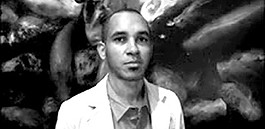
He was born in Havana in 1965. He has a degree in Art History from the University of Havana.
He was a curator and researcher at the National Photo Library of Cuba and the Wifredo Lam
Center, which organizes the Havana Biennial. For the past 15 years, he has devoted himself to
art criticism and research on contemporary photography. He currently works as an independent
art critic.
The theme of the exhibition paraphrases the title of Engels' well-known book "The Origin of the Family, Private Property and the State". In the context of research on contemporary photography, these terms summarize some of the most important narratives in today's photographic work. Probably a large part of the connotations of the concept of the archive in contemporary photographic practices is related to two fundamental figures: the Family and the State. One of the dominant narratives in contemporary photography revolves around the theme of the family.
It seems that the family is a pretext to approach intergenerational friction from photography and that photography is in turn a pretext to account for the changes that the concept of family itself has undergone, as well as its symbolic implications. Beyond the sentimentality with which the experience of the loss of loved ones is often assumed, the representations of the family in contemporary photography tend to have a serious tone, close to mourning and nostalgia. His imaginary is full of remembrances and absences, although it also includes a critical, sometimes ironic, review of traditional discourses on the "fundamental cell of society", as well as the rituals in which these discourses are sustained and the ideological plots that interweave. The place of photography in these rituals has been decisive in its cultural impact since the 19th century to date.
As an anthology of the representations of the family, this exhibition becomes an investigation into the representations of the private space, habits, relations with property and the State, as well as the various social roles, according to class, gender or race.
LIST OF ARTISTS

Pedro Meyer

Camila Falcao

Patricia Aridjis

Yvonne Venegas
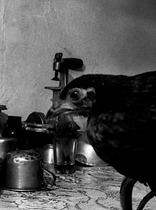%202.png)
Rene Pena

Leslie Spak

Gabriela Concha

Alejandro González

Christian Fuchs
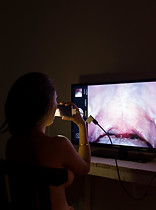
Rene Torres

Bruno Bresani

Veronique Chapuy
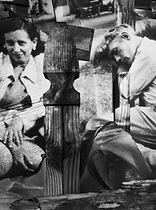%201.png)
Eduardo Muñoz
%201.png)
Isis Martinez

Paula Huven

Guillermo Serrano

Nicolas Wormull

Manuel Parra
PARALLEL EXHIBITIONS
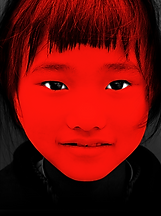%201.png)
Xiao Hui Wang

Meirav Heiman
%201.png)
Alejandra Glez
%201.png)
Charo Echecopar













